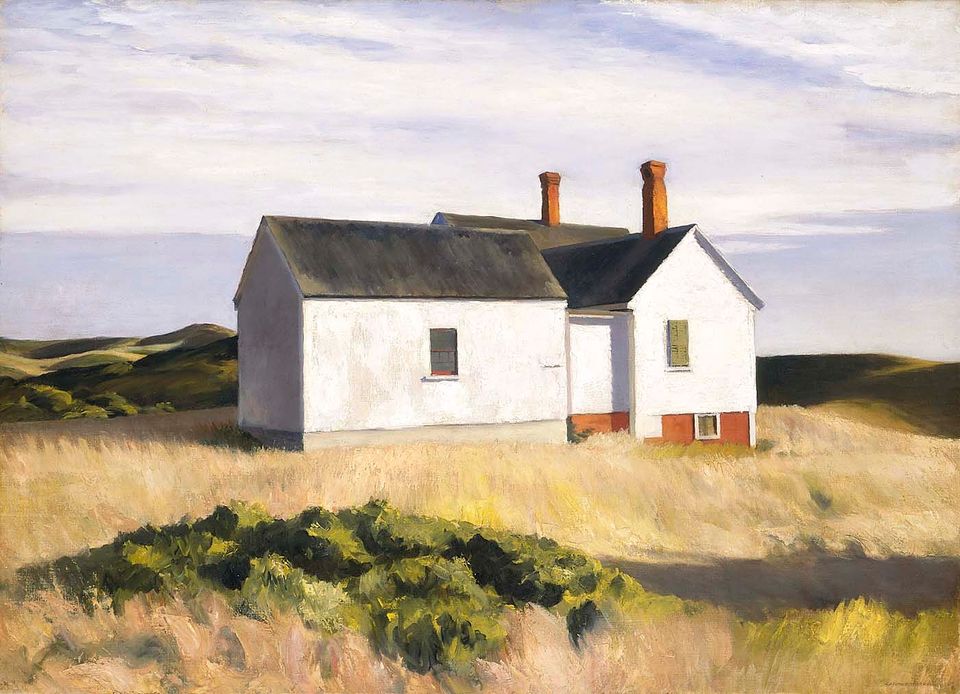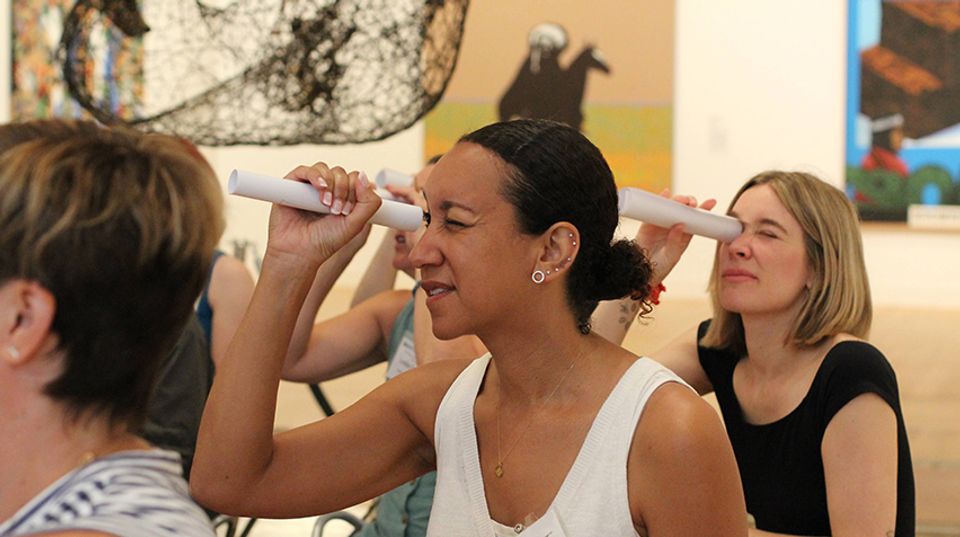

"Is there anything left to be said about Edward Hopper? Poet of light, documentarian of alienation, isolation, angst, stasis, human disconnection and impotence?" art historian Kevin Salatino asked at the start of his talk, Edward Hopper and the Burden of (Un)Certainty the first of this year's annual Clarice Smith Distinguished Lectures in American Art. Salatino, director of art collections at the Huntington Library, Art Collections, and Botanical Gardens in California, set forth the difficult task of trying to explain Hopper, "the man, the artist, and the myth." A man, Salatino quipped, "who if lost, would not ask for directions." So, who was Edward Hopper and why does it seem that he knew us better than he ever let us get to know him?
Part man and part Rubik's cube, a portrait of the complicated Mr. Hopper began to emerge as Salatino showed us key paintings in Hopper's ouevre and shared entries from meticulous account books kept by Edward and his wife Josephine (aka Jo). Throughout the hour-long talk, Salatino illuminated the life and work of this painter and poet of outer light (and inner darkness?) by looking at both images and words. These became maps on the often sun-stained road leading to Hopper's studio. We learned that Edward and Jo often named the women in the paintings (this one is Nora, that one is Toots). We learned of Hopper's painstaking process, and the depression that often accompanied it.
Through cityscapes and landscapes, from Manhattan to Maine, Hopper began to reveal himself to us, thanks to Salatino's insights and sleuthing. We learn about his early trips to Paris circa 1906 that showed him inspired by a combination of country and city, and artists who may have influenced his work. Hopper made his mark on the American art scene; in fact, his painting House by the Railroad, was the first painting to be acquired by the newly founded Museum of Modern Art in 1930. With one of Hopper's last painting up on the screen, Sun in an Empty Room painted three years before the artist's death, Salatino brought us to the ultimate light in the painter's work: an empty room that seems painted not with oils, but with light itself. When somebody once questioned Hopper about this work and asked, "What are you after?" Hopper responded "I'm after me."
Watch the webcast of Kevin Salatino's talk. On October 10, the Clarice Smith lecture series continues with critic Adam Gopnik speaking on What Makes American Art American?

















